As new owners take over Mall at Tuttle Crossing, what does the future hold for the center?
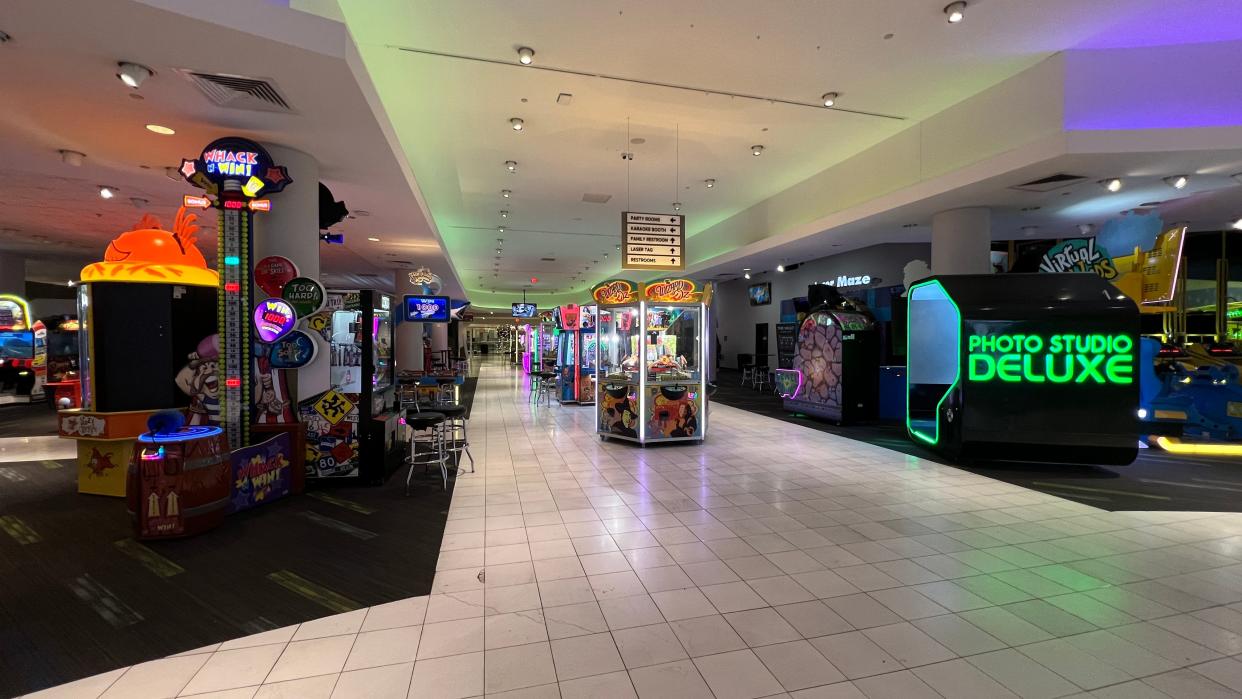
New owners have taken over the Mall at Tuttle Crossing as the Christmas shopping season gets underway, begging the question: How many holidays does the Northwest Side mall have left?
The 26-year-old, once-thriving, shopping center has lost a substantial number of its tenants and has fallen to a distant third among central Ohio retail destinations behind Easton Town Center and Polaris Fashion Place. It is struggling at a time most retail experts agree the country has too much shopping center space.
"We're overbuilt and we're undemolished," said Chris Conlon, chief executive officer of WPG, the Columbus-based owner of Polaris Fashion Place and more than 70 other shopping centers. "Not every shopping center will survive."
Tuttle Crossing's former owners, Simon Property Group, let the mall fall into receivership in 2020 when COVID-19 sucked much of the remaining traffic from the center.
In October, a trio of investment firms from Great Neck, New York — Namdar Realty Group, CH Capital Group and Mason Asset Management — paid $19.5 million for the mall, well below the Franklin County Auditor's estimated value of $50 million. The acquisition does not include the four mall anchors, but does include some of the parking lot, along with the building that houses BJ's Restaurant and Brewhouse on Tuttle Crossing Boulevard.
The mall includes a total of 1.12 million square feet of leasable space, including approximately 743,000 square feet in the four anchor buildings.
A struggling site
The buyers, who did not answer Dispatch questions about plans for the mall, acquired a property clearly struggling.
Two of the four original anchors, JCPenney and Macy's, remain. A third anchor has been filled by the entertainment venue Scene 75 while the former Sears store remains empty.
About 60 stores remain in the mall itself, while 50 spots sit empty, an occupancy well below the 76% reported when Simon let the property go three years ago. H&M, the largest tenant remaining on the mall's depleted second floor, has announced that its last day will be Jan. 6.
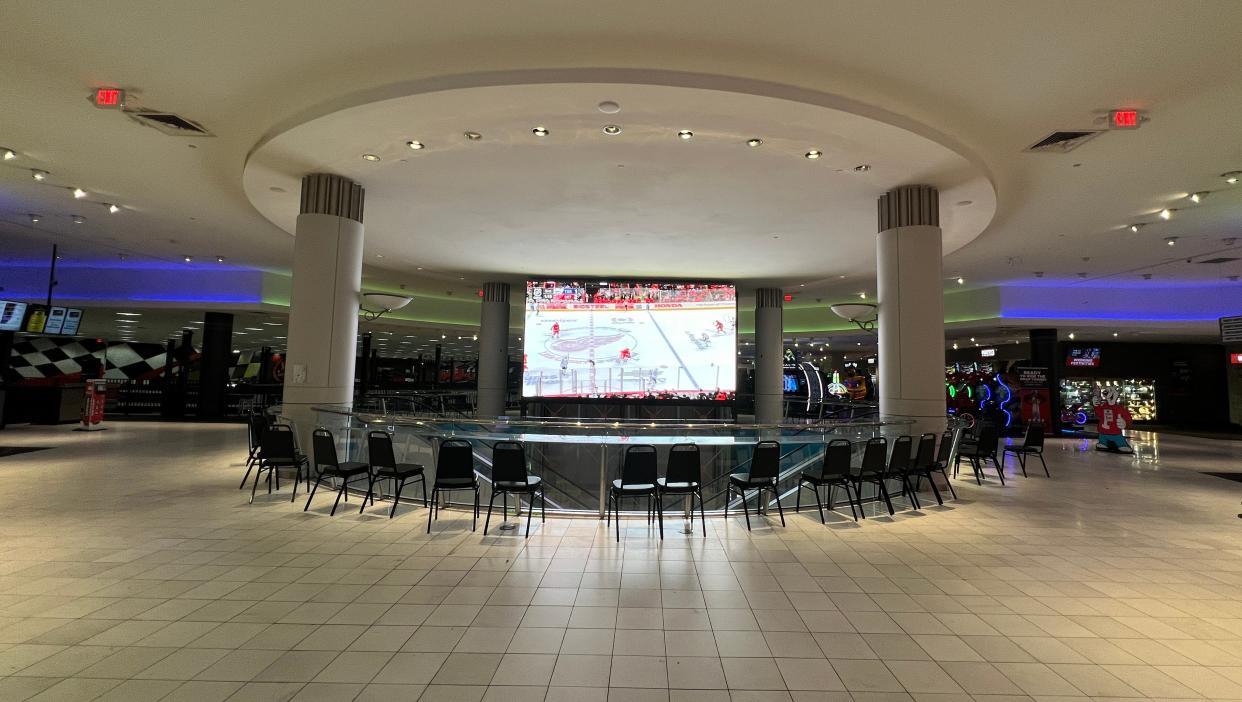
Discount shops now fill spaces once occupied by national tenants. The largest non-anchor tenant is the furniture outlet AVRS, which leases five mall spaces totaling nearly 40,000 square feet.
Despite the departures, several top-shelf national tenants remain including Forever 21, Foot Locker, Rue 21, Bath & Body Works, Finish Line, Hollister, Vans and Aeropostale.
More: A look back at the Mall at Tuttle Crossing
While the mall remains in good condition, some signs of neglect can be found, including broken escalators in the mall's western wing.
Some Tuttle Crossing retailers remain bullish on the mall, but others are discouraged. "Business has declined every year," said one veteran operator who asked not to be identified.
Alex Beard, the general manager of Sole Stop, however, said business has been strong for the sneaker reseller. More than 400 customers lined up for the store's Black Friday sale last year, and Beard expected at least as many this year.
"It can be a little slow sometimes, but Christmas and back-to-school are really big," Beard said, adding that the mall "needs a little TLC."
A premier retail center
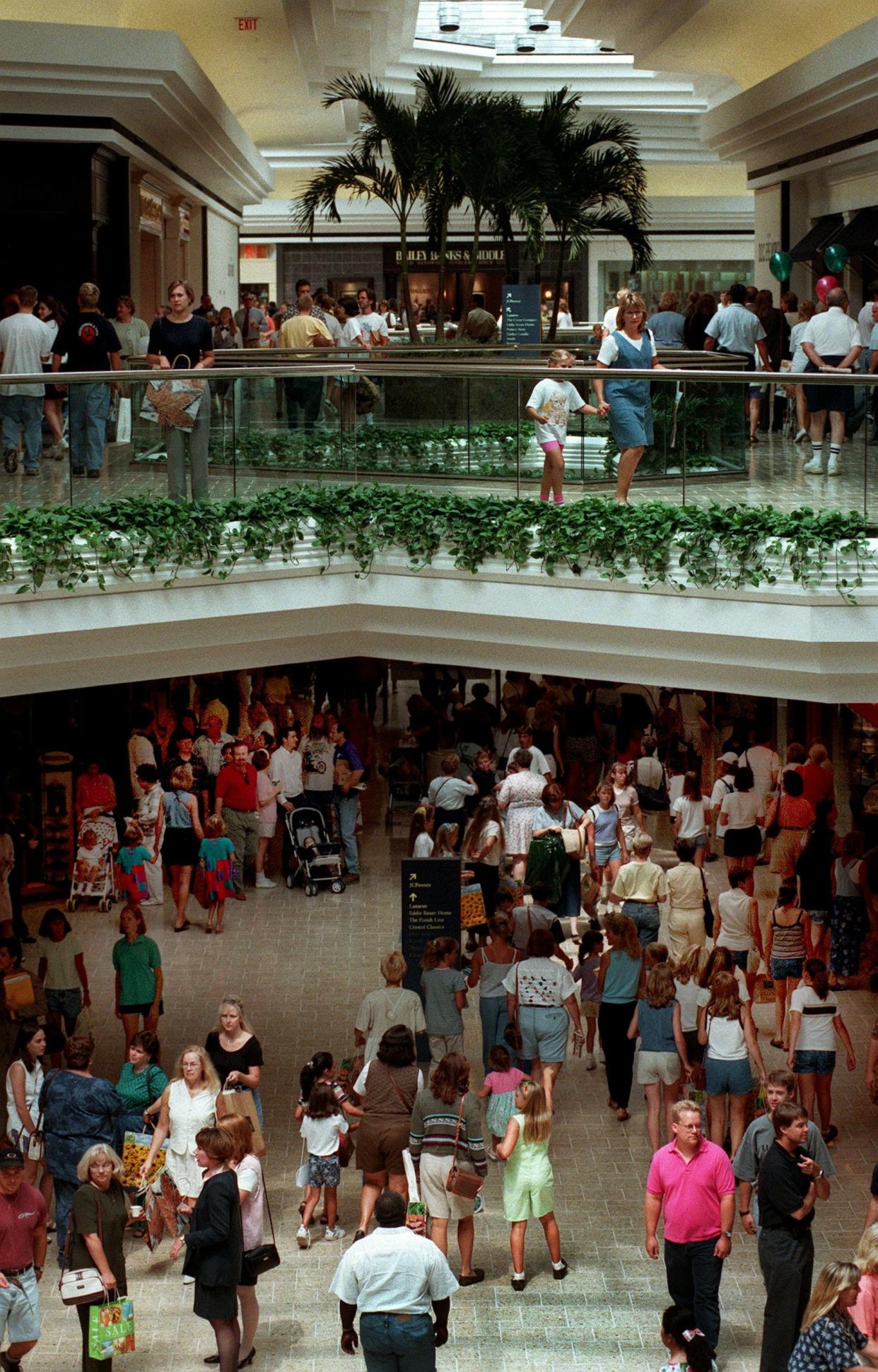
The Mall at Tuttle Crossing opened as central Ohio's premier retail center on July 11, 1997, with 128 stores anchored by Sears, Lazarus, Marshall Field's and JCPenney. Developed by Taubman Co. and The Limited, the $300 million shopping center was the area's first regional mall since Columbus City Center opened in 1989.
The Mills Corp. took over Tuttle Crossing in 2003. Four years later, the mall became part of the Simon Property Group.
Tuttle's reign as the king of Columbus retail was short lived. Two years after Tuttle opened, Easton Town Center opened, followed by Polaris Fashion Place in October 2001. The next several years saw top-flight retailers gradually leave Tuttle including Eddie Bauer, Johnston Murphy, Benetton, Crabtree & Evelyn and Victoria's Secret, culminating in the closing of Sears in early 2019.
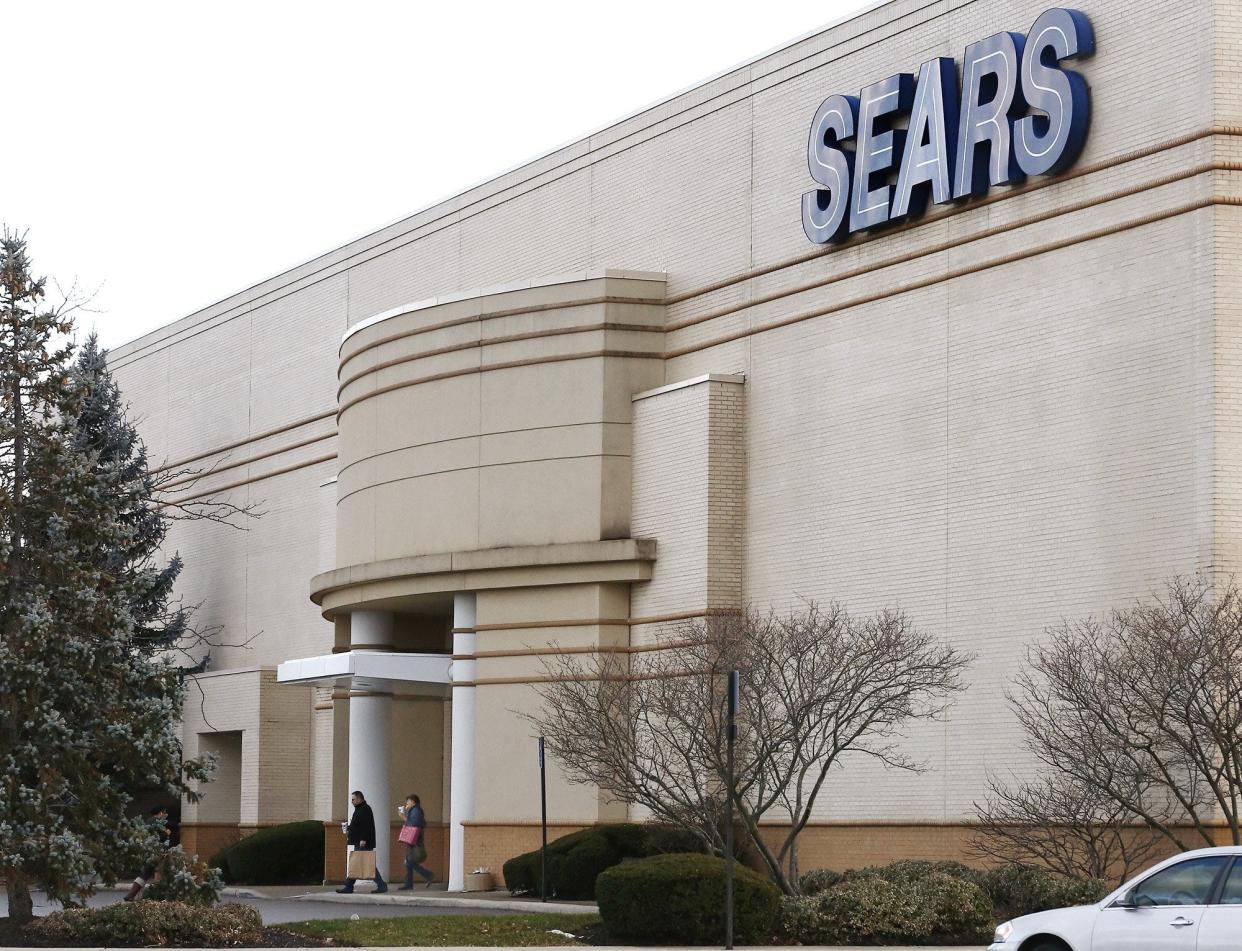
The new owners
Tuttle Crossing's new owners, Namdar and Mason, jointly own about 170 retail properties, ranging from standalone stores — including multiple Dollar General stores in Ohio — to about 60 enclosed malls. The pair's Ohio properties include the Midway Mall in Elyria; River Valley Mall in Lancaster; and the Shops at Fallen Timbers in Maumee.
The partners have sold some properties, including, in Columbus, Northland Plaza on East Dublin-Granville Road, and Marion Plaza on Lockbourne Road.
But they are better known for buying distressed properties and holding onto them as they become more distressed. As The Wall Street Journal noted in a long profile over the weekend, "the New York-based real-estate partners are among the most prolific purchasers of U.S. malls. They make money by buying malls cheap and keeping them going, even as town officials beg them to pull the plug."
With the exception of Scene 75, Tuttle Crossing's tenants are largely traditional retail tenants. But that could change, according to the Wall Street Journal's examination of the investors' history.
"When national retailers move out, Namdar Realty and Mason try to replace them with nontraditional tenants such as call centers, local small businesses, doctors’ offices and bounce-house venues," the article noted.
A better use for the property?
Following their 1960s-1990s heyday, enclosed malls have struggled as the appeal of department stores waned, and shoppers gravitated toward online buying and "lifestyle" centers that added restaurants and activities to the stores.
"We had more supply than we needed as e-commerce came about, taking apparel and footwear sales," said Brandon Svec, national director of retail analytics for the real-estate information service CoStar. "And shopping as an experience drifted away in favor of other experiences. All of that pushed traffic out of malls, out of department stores. The net result was significant underperformance for the vast majority of malls."
The number of enclosed malls has shrunk from about 2,500 at the peak to around 1,,000 today, and the shopping center research firm Green Street estimates that 15 to 20 malls will continue to close each year "in the near term."
At some point in the life of fading malls, the mall property becomes more valuable as another use.
"Some malls shouldn't be malls anymore," said Conlon, with WPG. "The underlying land value is far higher than what it is as a mall."
Without naming Tuttle Crossing, Conlon suggested its future may not lie in retail.
"Some malls are fading and going away," he said. "There's one right here in town that won't be a mall long if I had to bet."
Indeed, Anchor Associates, the Cincinnati-area firm listing the Sears site for lease or sale, promotes it as a "mixed-use redevelopment opportunity ideal for multi-family, hotel, office, retail and industrial."
Others agree that Tuttle Crossing's property might be put to better use.
"The fact is, this was developed to be a regional mall, and with Easton and Polaris, there's just no room for more regional malls in central Ohio," said Michael Simpson, president of NAI Ohio Equities commercial retail firm. "That property definitely needs to be reimagined, and I would think everything would be on the table, from apartments to warehouses."
Simpson noted that Tuttle's location makes it more attractive for developers than previously failed Columbus malls.
"It's so different from Westland and Eastland and Northland in that it's still located near the money and has great highway visibility and access, so it checks a lot of boxes for development," he said.
More: Photos: Final Visit to Eastland Mall in Columbus
Tuttle Crossing sits on nearly 82 acres, including the four anchor sites. More than 100,000 drivers pass by on Interstate 270 each day, and about 30,000 travel daily on Tuttle Crossing Boulevard, according to Mason. In addition, more than 200,000 people live within five miles of the mall, with an average household income of $144,000, Mason reports.
Redevelopment challenges
Green Street notes that redevelopment of shopping centers has increased in recent years and that "roughly 35% of total mall and outlet supply has a proposed redevelopment plan in the works."
Redevelopment can take different forms, but reviving the mall's glory days isn't one of them, said Svec:
"Once malls typically hit the doom spiral, it gets very very difficult to reverse that, to revitalize that mall and bring it back to its former glory," he said.
Instead, Svec said one of three fates more often await declining malls:
"One is an opportunistic owner targeting cash flow, and bleeding enough cash out of the property but the site itself is often left worse off three, four, five years down the road … Unfortunately, it's a scenario we see frequently when private equity owners buy malls."
"The second scenario we see sometimes, typically in communities with a very strong foreign population, a mall can repurpose itself on the back of the demographic strength of that, and capitalize on that audience. ... They can often do quite well."
And third, "this is a very, very long process, but something we’ve seen more than anything is repositioning of the site. It's not that the location is bad, it's just not in its current form and function appealing to what the market wants … If it’s strong demographics, you’ll see a redevelopment come in that will be part multifamily, part retail. ... You need a very sophisticated and well-capitalized sponsor to pull that off but when done right, it can be the best-case scenario."
Several Columbus malls including Eastland, Westland and the Shops at Worthington Place, have struggled but only two have been redeveloped — Columbus City Center and Northland — illustrating the huge challenges of reinventing mall sites.
Two barriers in particular loom large: multiple ownership and the existing buildings.
In most traditional enclosed malls including Tuttle Crossing, the mall itself has one owner while the department stores own their own buildings and adjacent parking.
Such a structure can make redevelopment extremely difficult. It took years for the owners of Westland Mall, for example, to assemble all the property before demolition could finally start this fall.
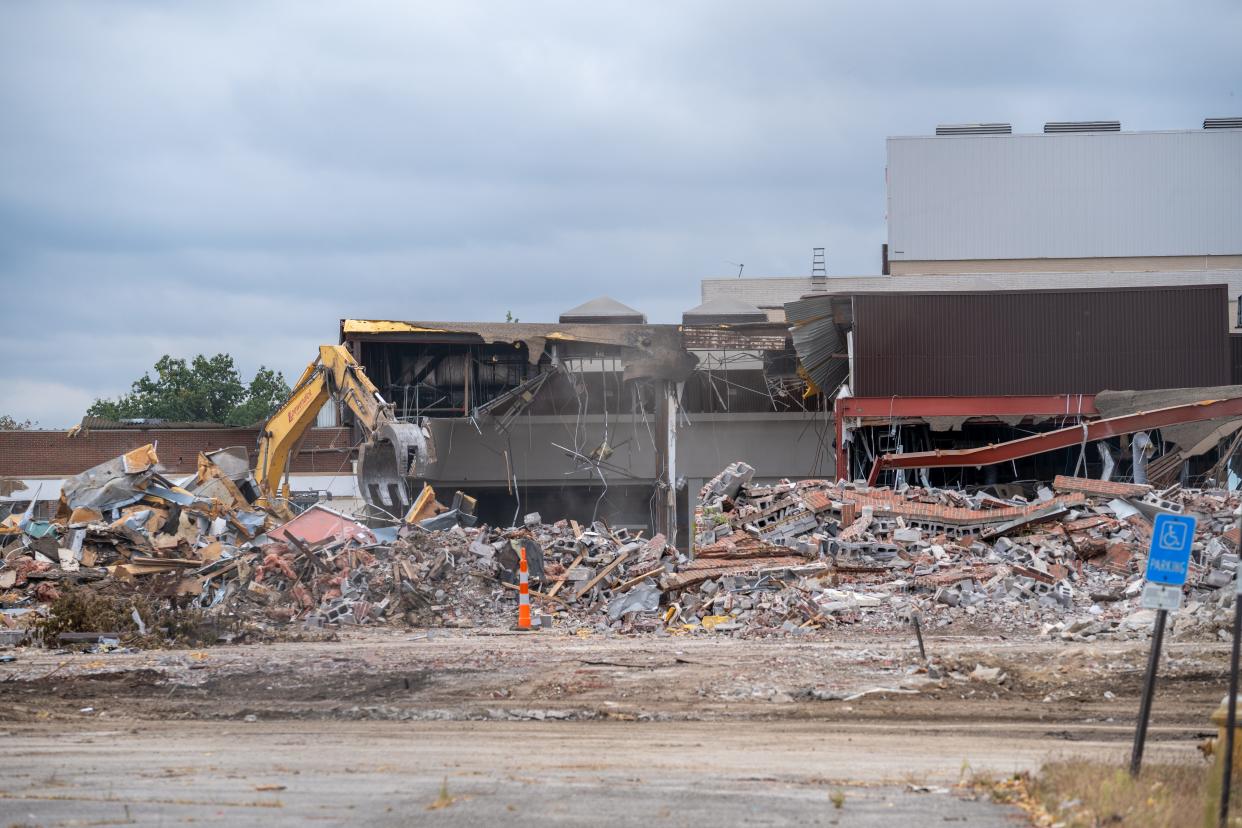
The other obstacle is the value of the buildings and the cost of demolishing them. Westland's demolition didn't start until after owners received a state grant for $13 million to help tear down the mall.
"The biggest challenge is the existing improvements," said Simpson. "If this was a greenfield, you could do whatever you wanted, but they paid a lot of money, and they'll try to use the improvements. Who knows what it would cost to raze that property."
The struggles of some malls, such as Tuttle Crossing, doesn't mean brick-and-mortar retail is dying, only that it's changing, said Svec.
"It's highly bifurcated," he said. "We'll continue to see underperforming malls redeveloped over the next decade but in the meantime, there’s going to be a lot of really good performing malls as well. ... It's a reminder that since the first shops of England, retail has been in a constant state of evolution. The consumer is fickle. What they want will continue to change."
jweiker@dispatch.com
@JimWeiker
This article originally appeared on The Columbus Dispatch: New owners take over Tuttle Crossing, raising questions about future
